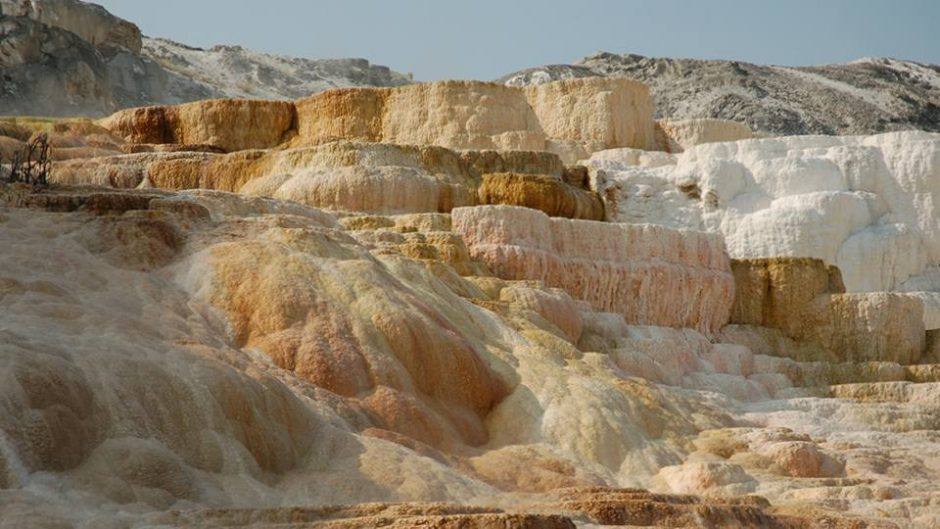Human kidney stones are at least as old as the Giza pyramids. The oldest known kidney stone was found in Egyptian burial satin from 4400 B.C. In 2020, Mayo Clinic processed and analyzed some 90,000 kidney stones from all over the world. That number increases each year, reflecting a global uptick in kidney stone disease. But new research has unlocked how kidney stones actually form, which could be the key to treating or even eliminating this often painful kidney stones condition.

About three years ago, an interdisciplinary, collaborative study between Mayo Clinic and the University of Illinois debunked the consensus that kidney stones grow in a methodical, layer-by-layer process and are hard to dissolve. “It’s been thought that, once they grow and develop, you’re not going to dissolve the calcium kidney stones under conditions that would typically be found in your kidney,” says John Lieske, M.D., nephrologist and director of Mayo Clinic’s Rare Kidney Stone Consortium, who co-leads the team.
Contrary to this longtime belief, the study found that calcium oxalate kidney stones form much the same way as travertine, a rock found in Mammoth Hot Springs of Yellowstone National Park. In other words, kidney stones, like rocks formed in natural environments, “undergo previously unforeseen cycles of repeated crystallization, dissolution, fracturing and faulting.” This process of post-formational physical, chemical, and biological alteration is called diagenesis.
The discovery opens the way for new, unorthodox treatments for kidney stones, and was possible by joining University of Illinois’ geology and biology (geobiology) forces with Mayo’s urology and nephrology expertise.
The study involves researchers from Mayo Clinic's Center for Individualized Medicine, including Nicholas Chia, Ph.D., co-director of the Microbiome program.
“For decades, we thought that kidney stones formed in a slow, steady, layer-by-layer process like dust settling in your house. However, new high-resolution cross sections of these stones indicate they repeatedly grow and dissolve on their way to becoming a fully formed stone. There are periods of rapid growth, large missing gaps and dissolution — it’s a back-and-forth process. This suggests that stones grow over time in a more complicated way than we previously knew, and that there may be new ways to prevent them,” says Dr. Chia. “We are very excited because we see the same types of patterns in kidney stones, Yellowstone rocks and many other environments on Earth."
This article is written by Christopher Bahn. Read more from Mayo Clinic Laboratories.
____________________________________________
Other Mayo Clinic medical research websites:
- Research at Mayo Clinic
- Discovery’s Edge
- Advancing the Science
- Mayo Clinic Center for Individualized Medicine
- Center for Regenerative Medicine
- Center for the Science of Health Care Delivery
- Mayo Clinic Laboratories
- Forefront







